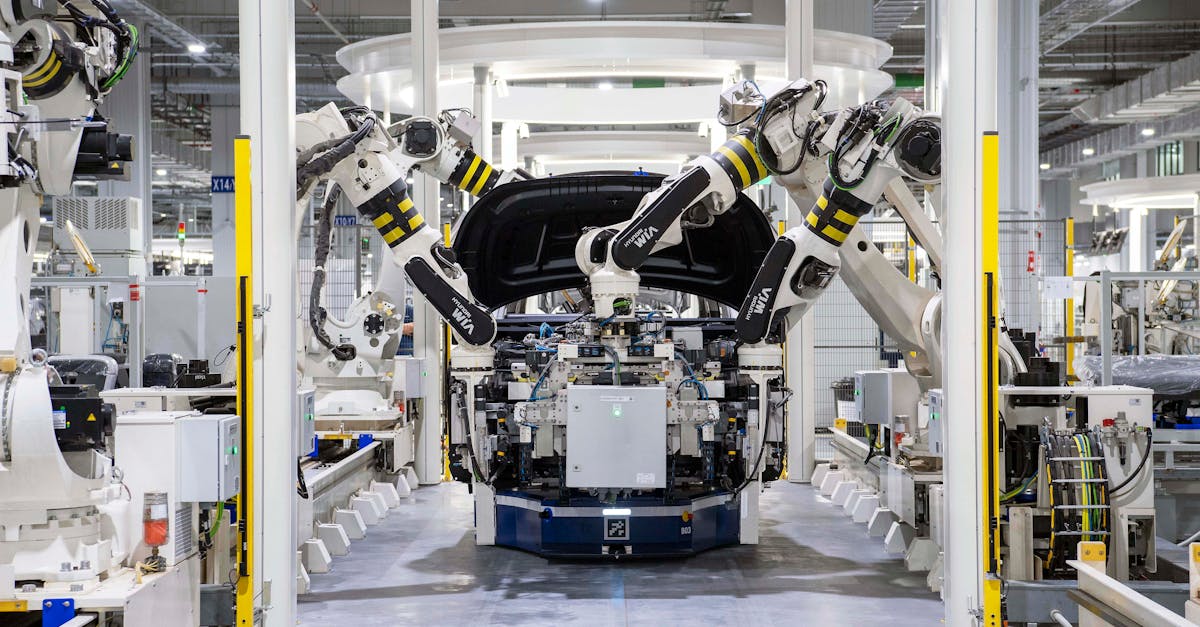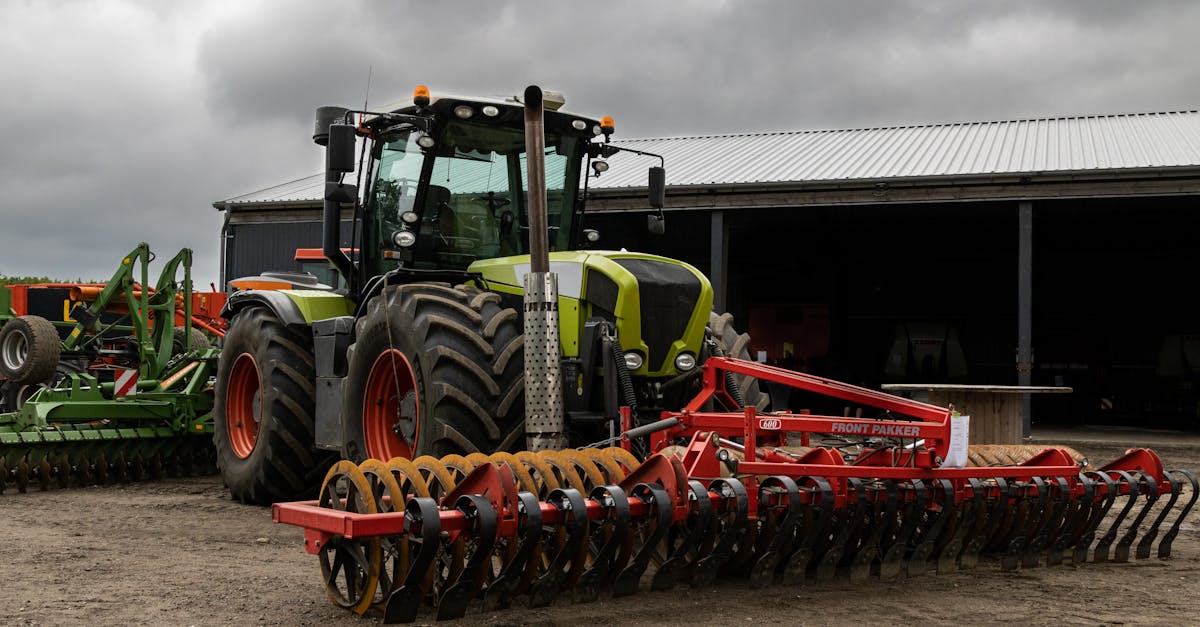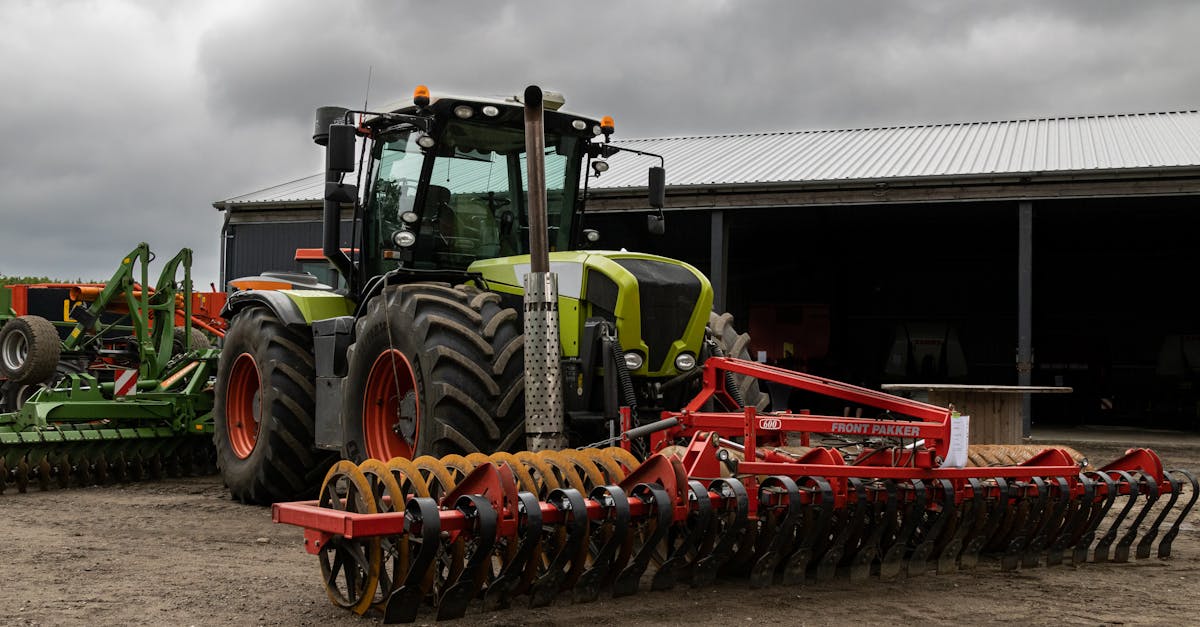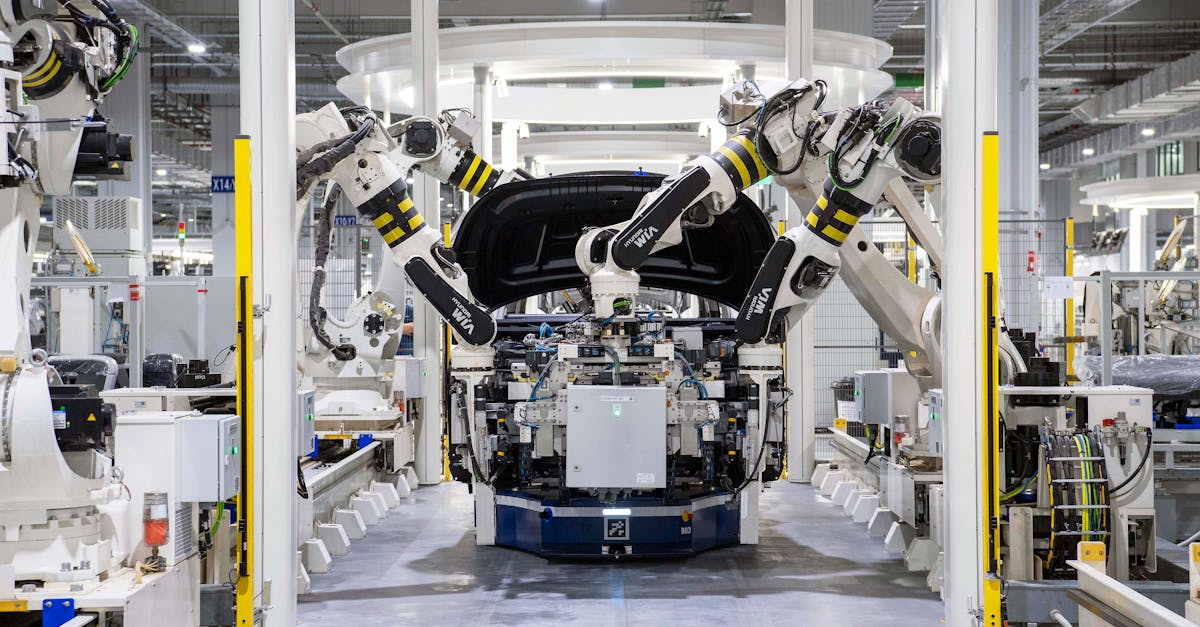Exploring the Role of Robotics in Modern Manufacturing
Introduction
In today's era of technological advancements, the integration of robotics in manufacturing has revolutionized the industry. From the automobile sector to electronics, robots have transformed production processes by improving efficiency and precision. As factories embrace automation to keep up with global demands, robotics promises to enhance productivity like never before. Unlike manual labor, robots minimize errors and ensure consistent quality. With artificial intelligence driving these machines, robot arms and autonomous vehicles are swiftly shaping a future where production no longer depends heavily on human hands. This article dives into the myriad roles robotics plays in the modern manufacturing landscape.
Advertisement
Evolution of Robotics in Manufacturing
The journey of robotics in manufacturing began in the mid-20th century when Unimate, the first industrial robot, was introduced. Initially perceived as a futuristic concept, robotics struggled to find acceptance due to high costs and limited capabilities. As technology evolved, so did robot functionality, which improved with the advent of microprocessors and software enhancements. By the 1980s, robots became more cost-effective, leading to widespread adoption in assembly lines. Today, with machine learning and advanced sensory systems, robots perform diverse tasks with unprecedented accuracy and speed, transforming tedious manual labor into automated processes.
Advertisement
Improving Efficiency and Productivity
Robots excel in routine tasks, making them ideal for manufacturing applications where consistency is key. One of the primary advantages is the significant reduction in production time, leading to faster turnaround and reduced operational costs. Unlike human workers, robots operate continuously with minimal downtime, ensuring increased throughput during peak production periods. Furthermore, robots can work in hazardous environments or handle toxic materials, ensuring human workers' safety. This shift results in not only increased productivity but also a safer, more efficient working environment.
Advertisement
Quality Control and Precision
Manufacturing demands precision, and robotics stands out in delivering consistent quality. Robots equipped with advanced sensors are capable of detecting and correcting minor discrepancies in real-time, enhancing product uniformity. Automated systems ensure every product meets the same quality standards, minimizing waste and returns. Such precision is particularly crucial in sectors like automotive and pharmaceuticals, where even minor defects can have significant consequences. By integrating robotics with quality control processes, manufacturers achieve unparalleled accuracy, translating to superior products reaching the market.
Advertisement
Customization and Flexibility
In a consumer-driven market, the demand for personalized products is on the rise. Robotics brings unprecedented flexibility to the manufacturing sector, allowing companies to swiftly adapt to changing market needs. With programmable robots, manufacturers can alternate between different product specifications seamlessly, producing tailor-made goods on demand. This adaptability not only caters to customer preferences but also optimizes inventory management by reducing excess stock. Robots’ ability to perform various tasks with minimal setup time makes customization viable and cost-effective.
Advertisement
The Role of Artificial Intelligence
AI technologies have transformed robotic systems, bringing cognition to machines and enabling advanced decision-making capabilities. In manufacturing, AI-driven robots optimize processes by predicting challenges and self-correcting errors. For instance, predictive maintenance algorithms allow robots to anticipate failures, reducing downtime. By analyzing vast datasets, AI empowers robotics with insights that drive efficiency and innovation across production lines. Moreover, AI enhances collaborative robots, or cobots, allowing them to work alongside humans harmoniously, leveraging human creativity with robotic precision.
Advertisement
The Impact on Workforce Dynamics
While robotics has significantly streamlined manufacturing, it has simultaneously reshaped workforce dynamics. Automation has shifted demand away from manual labor toward skills in robot programming and maintenance. Rather than replacing human workers, robots complement their skills, allowing people to focus on creative and complex tasks. Training programs and reskilling initiatives are pivotal in preparing the workforce for tomorrow's manufacturing demands. By embracing automation, industries not only enjoy increased productivity but also forge a more knowledgeable, skilled workforce.
Advertisement
Challenges in Robotic Integration
Despite its advantages, robotic integration presents challenges. The initial investment in robotic systems can be substantial, deterring small manufacturers from adoption. Furthermore, the complexity of implementing customized robotic solutions requires technical expertise, often scarce in emerging markets. Simultaneously, there are concerns regarding job displacement and cybersecurity threats within interconnected systems. Overcoming these challenges involves forging public-private partnerships to ensure accessibility, while fostering innovation to address potential risks in robotics deployment.
Advertisement
The Future of Robotics in Manufacturing
As manufacturers aim for greater sustainability, the future of robotics lies in further innovations and integration of green technologies. Energy-efficient robots powered by renewable resources will play a crucial role in sustainable production practices. Additionally, advancements in 3D printing and the Internet of Things are set to further augment robotic capabilities in manufacturing. As technology progresses, robots will continue to redefine production paradigms, making industry safer, more efficient, and environmentally friendly.
Advertisement
Conclusion
The role of robotics in modern manufacturing is both transformative and ongoing. It has introduced a new era of efficiency, precision, and possibility, covering various manufacturing niches. While challenges exist, the advantages of integrating robotics far outweigh the drawbacks, forecasting a future of growth and sustainability. Both large and small manufacturers stand to benefit from embracing robotic technologies. As innovations continue to unfold, the synergy between human creativity and robotic capability promises to propel industries to unprecedented heights.
Advertisement





